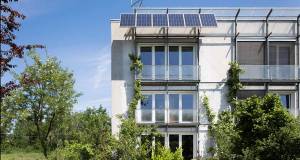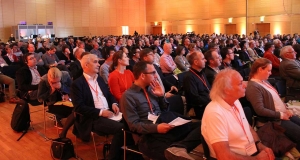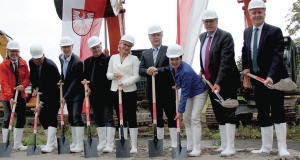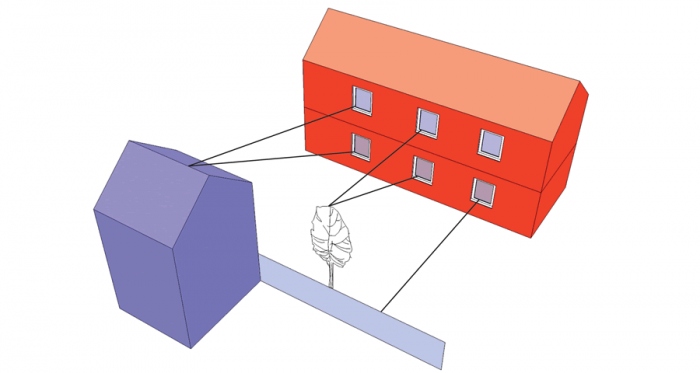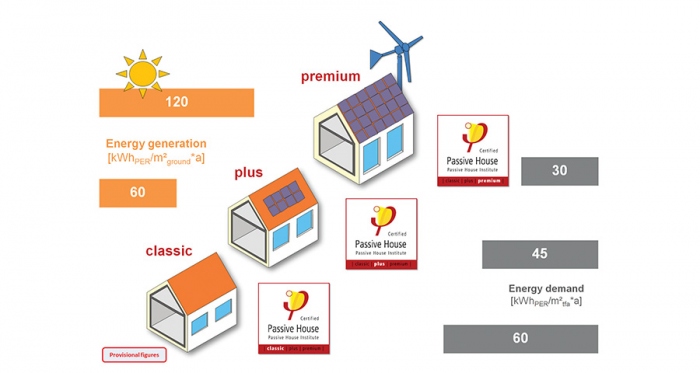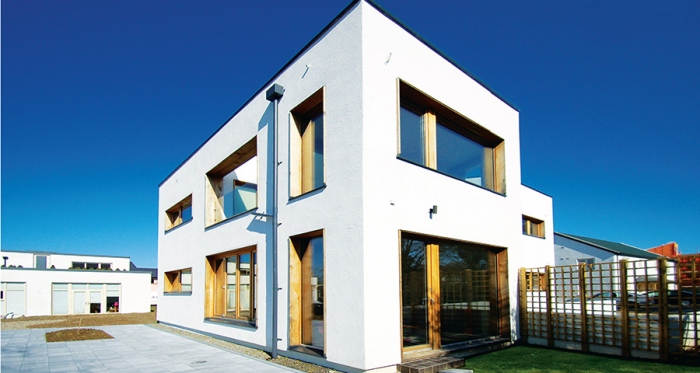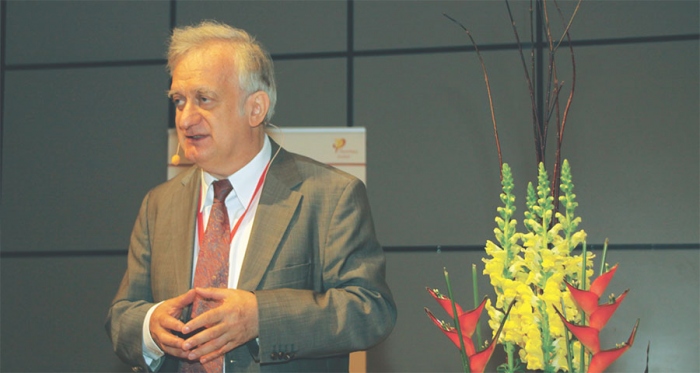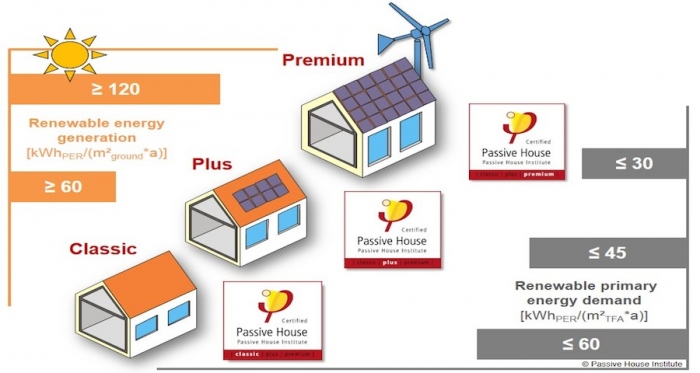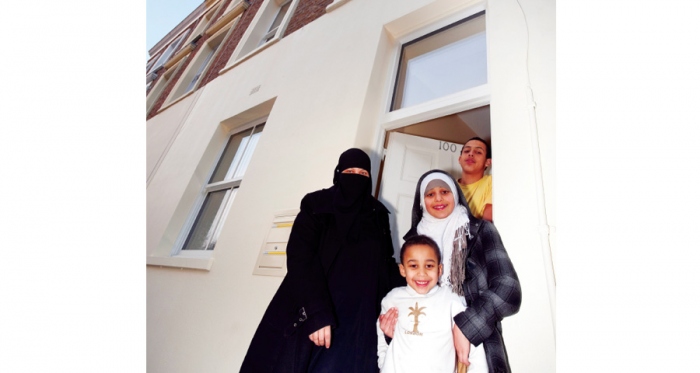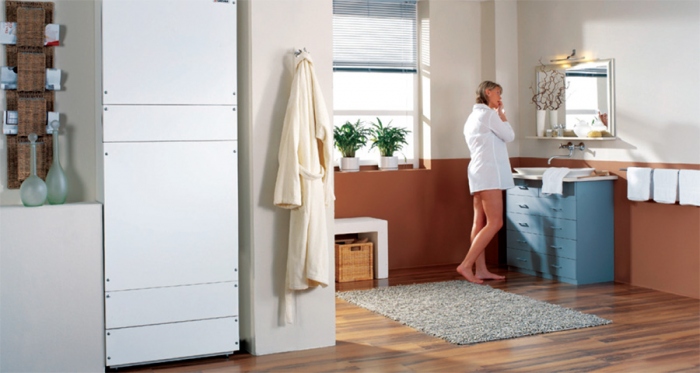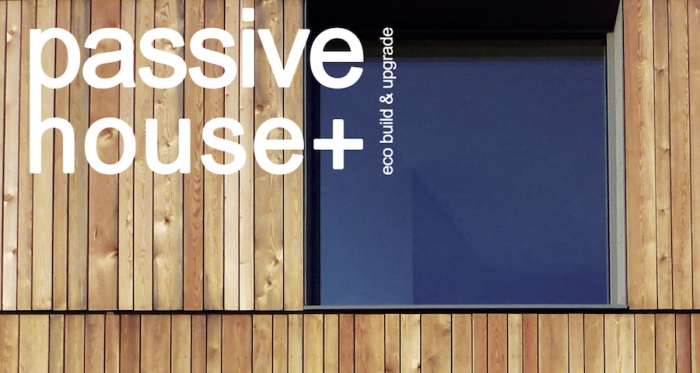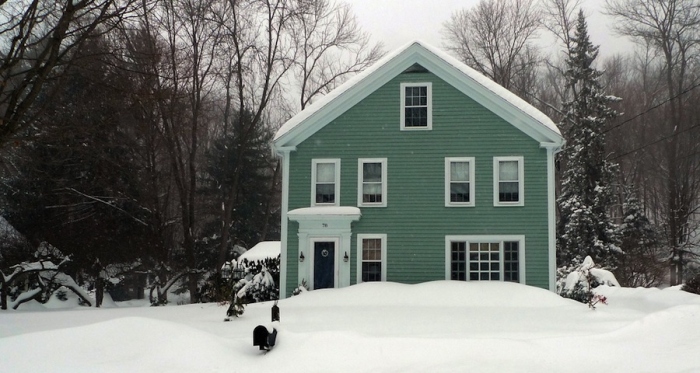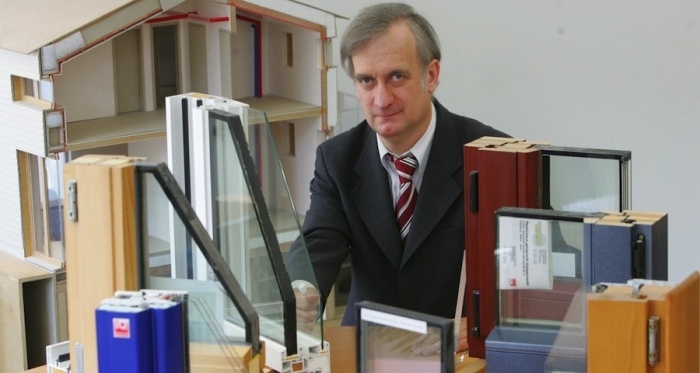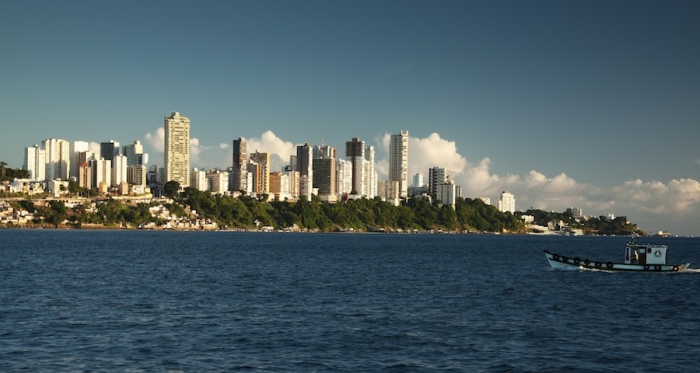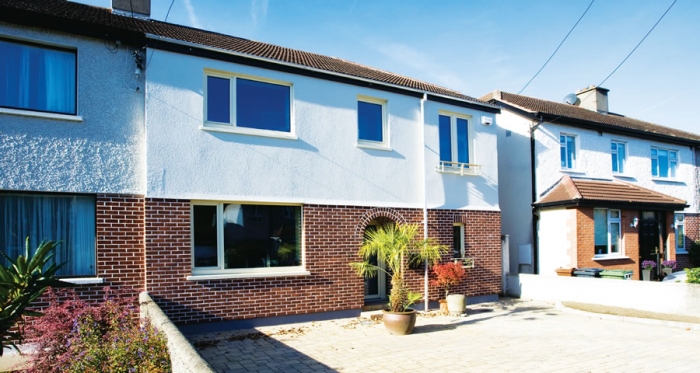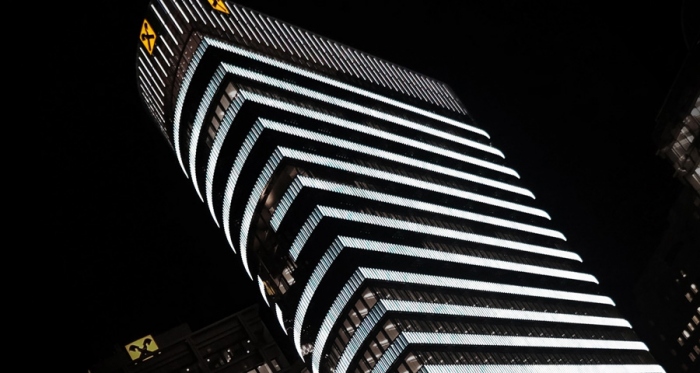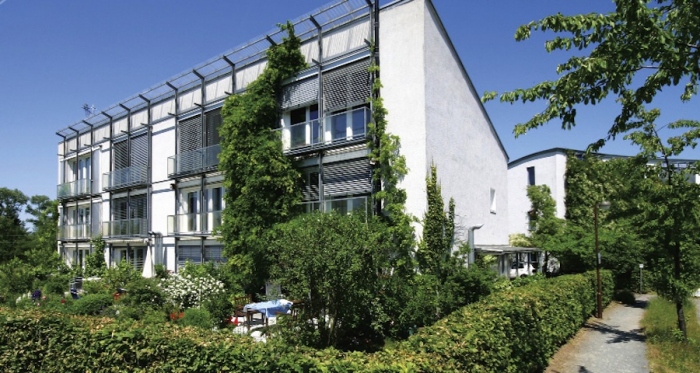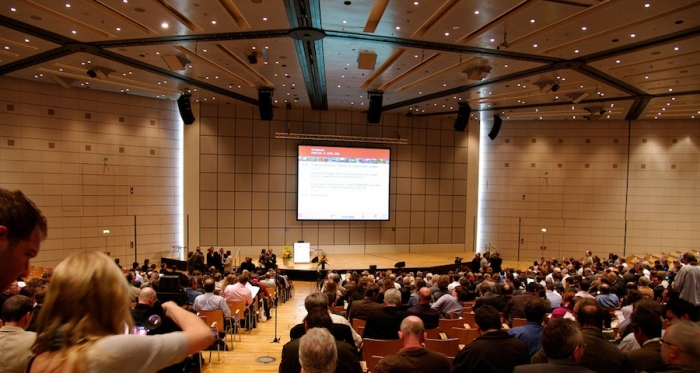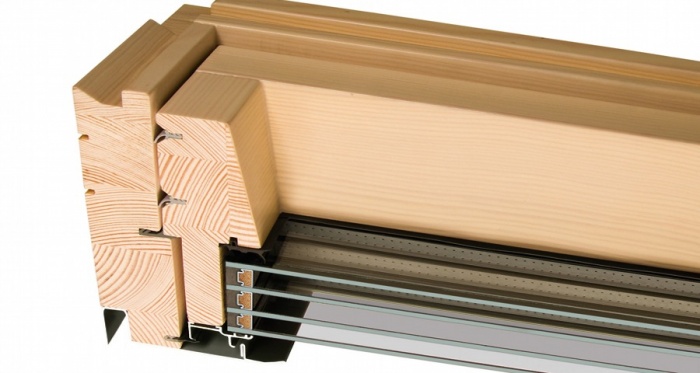passive house institute - passivehouseplus.ie
Culture shock & knowledge transfer
What are the consequences for the built environment, and the climate, of the lack of communication between research and industry, asks Dr Peter Rickaby – and what can be done about it?
Passive House conference comes to China
The 23rd annual International Passive House Conference takes place outside of Europe for the first time ever this year, with the Chinese city of Gaobeidian hosting the event on 9 to 11 October. This year’s conference was rescheduled after originally being set for 21 and 22 September.
VRM Tech aim to digitise passive house building
VRM Tech, the developer of innovative mobile software apps for the construction industry, has launched Virtual Construction Management Platform (VCMP), a cloud-based app that aims to radically streamline the management of construction projects.
Victorian stone building becomes Enerphit youth hostel
Old buildings are tricky to upgrade – especially if external insulation’s not allowed. Utilising a combination of cutting edge building physics and a carefully selected palette of insulation materials, one Victorian stone building has been upgraded to the Passive House Institute’s Enerphit standard, slashing heating demand by 90%
Change habits to tackle climate change, passive house conference hears
Passive house district uses one-third the heat of typical apartments — report
A major research project by the Passive House Institute has found that heat energy consumption of the passive house district of Bahnstadt, in the city of Heidelberg, Germany, is roughly one-third that of conventional housing developments.
Frankfurt to build world’s first passive hospital
Work is underway on the first hospital in the world to be built to the passive house standard, in the Höchst district of Frankfurt. The previous clinic on the site will be replaced by a new passive building with 666 beds and ten operating theatres planned over six floors. The Passive House Institute provided comprehensive support throughout the planning phase and will continue to do so during the building’s construction.
PHPP 9 & designPH
The latest versions of PHPP and designPH are intended to make passive house design both easier and more accurate than ever before — and to plan for a future powered by renewable energy. Jan Steiger of the Passive House Institute explains the latest features of both software packages.
The new proposed passive house classes explained
The Passive House Institute’s announcement of new classes of passive house certification – including renewable energy generation – at this year’s International Passive House Conference caused something of a stir. Dr Benjamin Krick, the institute’s head of component certification sheds some light on the new classes and explains the rationale behind proposals which may set up passive house for a fabric first approach to near – and sub – zero energy building.
Sleek and striking passive house graces eco village
The eco-village at Cloughjordan, Co Tipperary is no stranger to low energy buildings, and with this passive house, architect Paul McNally of The Passivhaus Architecture Company set out to prove that energy efficiency and good architecture go hand-in-hand.
Interview: Passive house pioneer, Prof Wolfgang Feist
We spoke to the Passive House Institute founder about the scientific method, political campaigning and the institute’s goals for the future after his keynote address at this year’s See The Light conference in Dublin
Passive House Institute launches new cert categories
The Passive House Institute has announcd the launch of its two new certification categories, Passive House Plus and Passive House Premium, which recognise on-site renewable energy generation.
Victorian passive upgrade
Turning an old Victorian home into a passive house is a painstaking job that would frighten many building professionals. But the team behind this innovative retrofit didn't just end up with a certified passive house, they got one of the lowest energy dwellings in the UK.
Genvex units bring heat, fresh air & hot water to award-winning scheme
The Burnham Overy Staithe development in North Norfolk picked up a prestigious UK Passivhaus Award in October, and is profiled in depth on page 28 of the new issue of Passive House Plus.
Passive House Plus teams up with iPHA
Passive House Plus is delighted to announce that we are now an official partner magazine of the International Passive House Association.
Passive House Institute certifies new components for cold climates
The Passive House Institute has certified two new windows and a new skylight as suitable for use in passive house buildings in cold climates.
Passive house pioneer Wolfgang Feist to speak in Dublin
Wolfgang Feist, one of the creators of the passive house concept and a founder and director of the Passive House Institute, will speak in Dublin on 25 October at the 2013 See The Light conference.
PHI publishes research on passive house in tropical climates
The Passive House Institute has published a new study that looks at designing passive buildings for tropical climates. The study concludes that the key design criteria for such buildings include,"a very airtight building envelope, 10 to 15 cm of insulation, solar control glazing, fixed external shades for the windows and ventilation with both heat and energy recovery".
Monkstown semi-D sets deep retrofit example
A house in south Dublin recently became the first Irish building to become EnerPHit certified. Architect Joseph Little describes the challenges of meeting the Passive House Institute’s standard for upgrading existing buildings.
World's first passive house office tower certified
Tall buildings tend to be among the worst offenders in terms of energy and environmental profligacy – but one new Viennese project shows that high rise doesn’t have to mean high environmental impact.
Passive house vs passivhaus: the reaction
My blog post last week on 'passive house vs passivhaus' generated a fair bit of debate, so I thought it'd be nice to take a look at some of the reaction it provoked. The vast majority of those who responded disagreed with my stance, and this magazine's stance, expressing preference for the German 'passivhaus'.
Passive house conference kicks off this Friday
Over 100 experts in ultra low energy building will address the International Passive House Conference, which takes place in Frankfurt this weekend. Speakers will present a wide range of case studies and research that, according to the Passive House Institute, demonstrates that passive house works "in all climates and for practically any type of building".
Fakro roof window gets passive house approval
Roof window manufacturer Fakro has announced the award of a Passive House Institute certificate for its quadruple-glazed FTT U8 Thermo roof window, which has a U-value of 0.58.
New Irish passive house association launched in Dublin

People planning to build a new home could save themselves thousands of
euro each year by developing a passive house, according to the Passive
House Association of Ireland (PHAI), a new low energy design initiative
comprising passive house designers and contractors.

